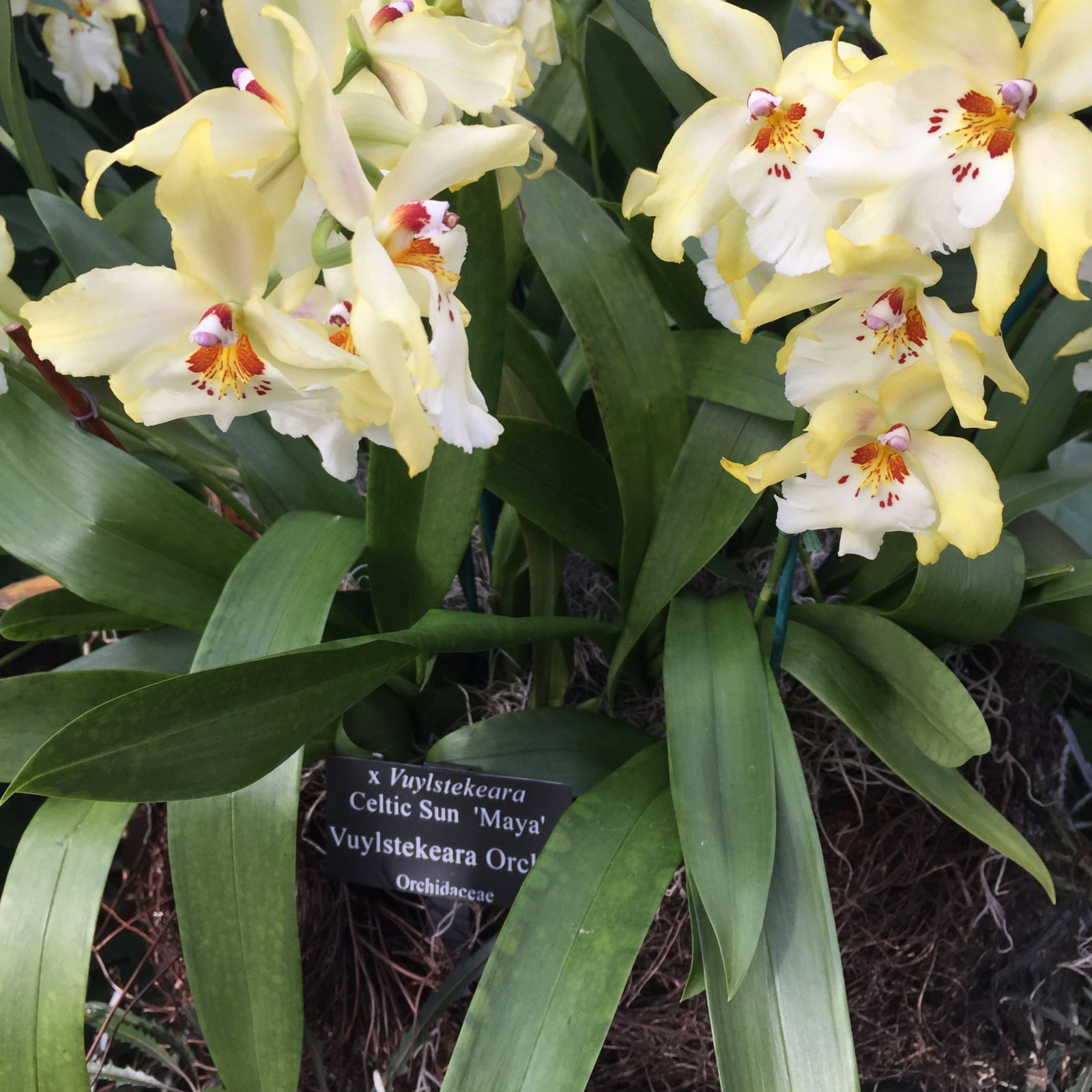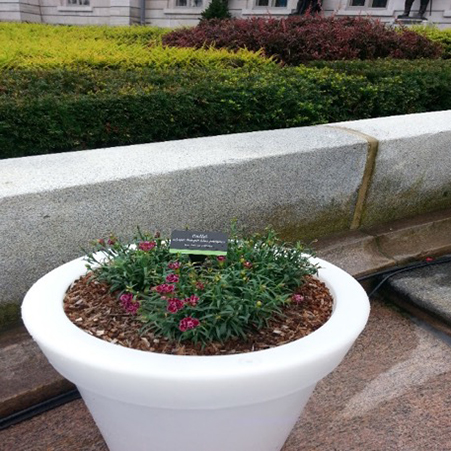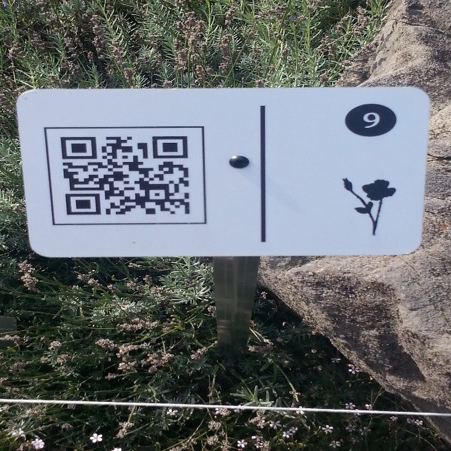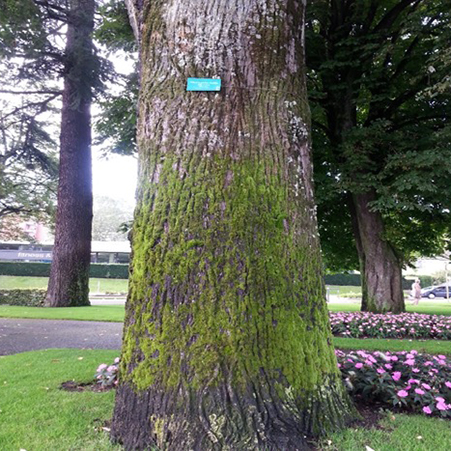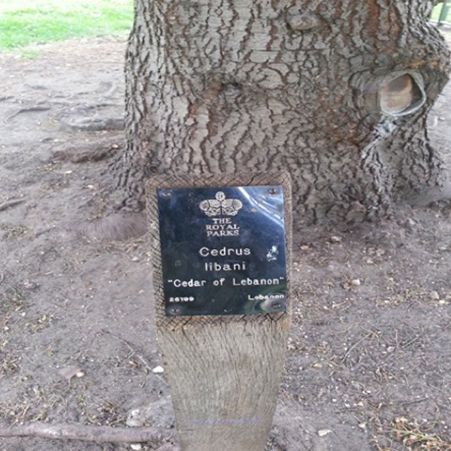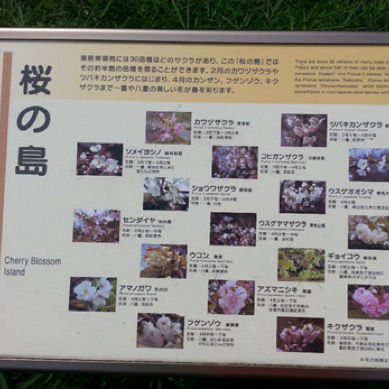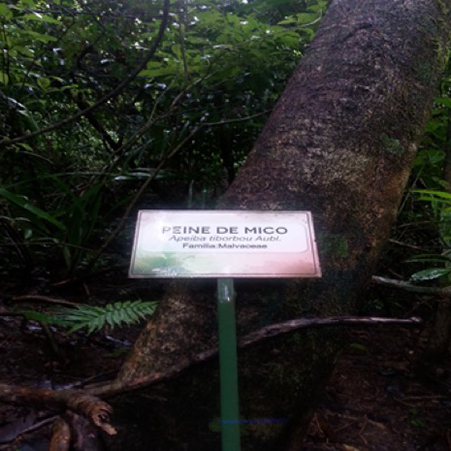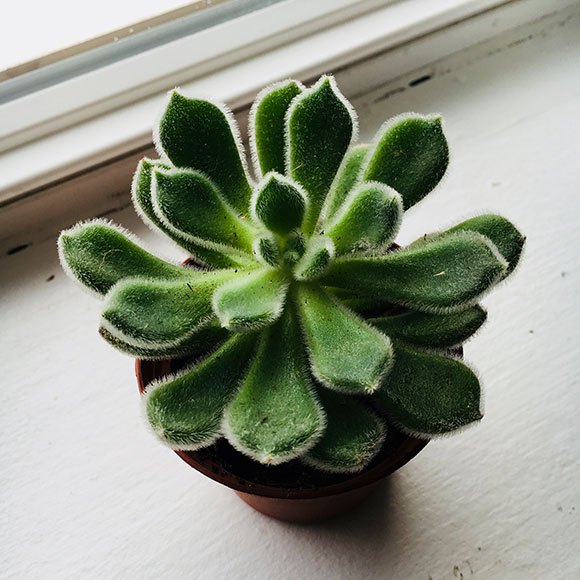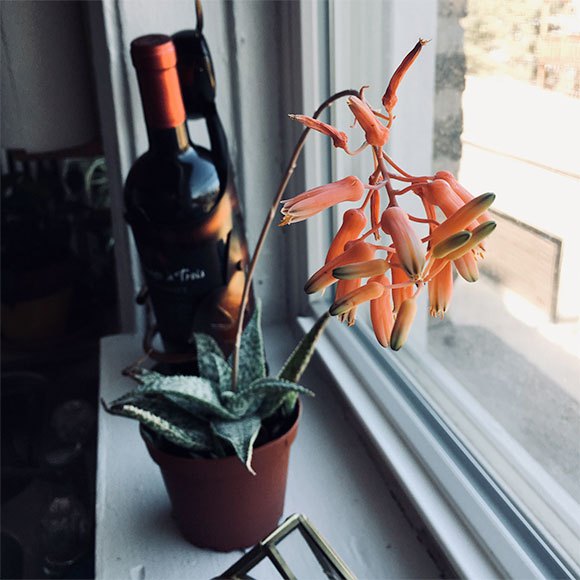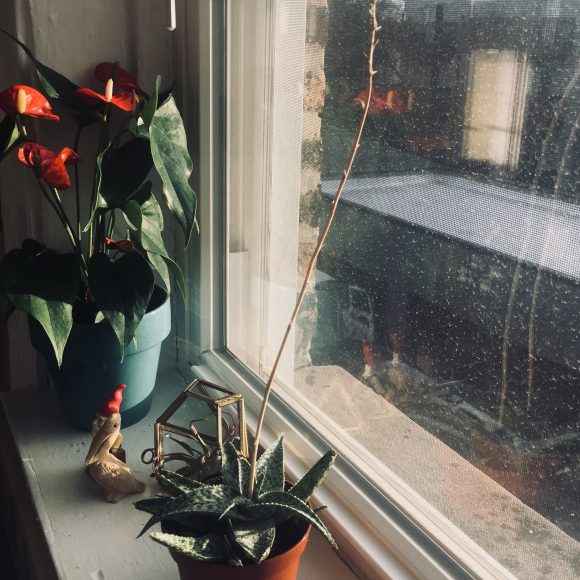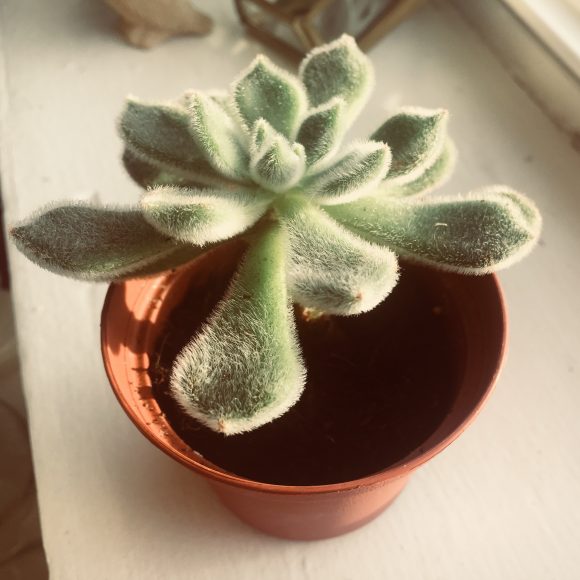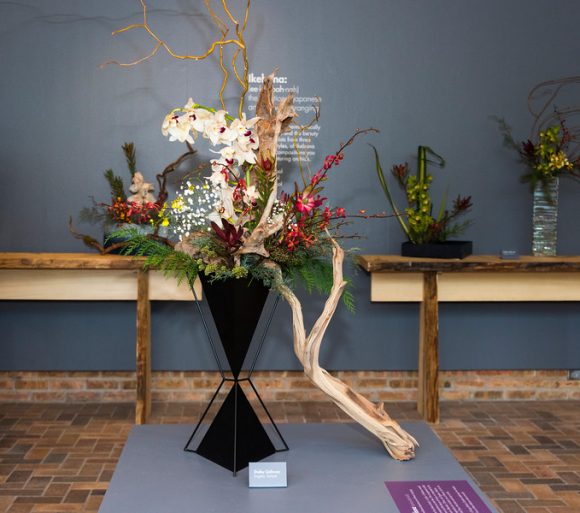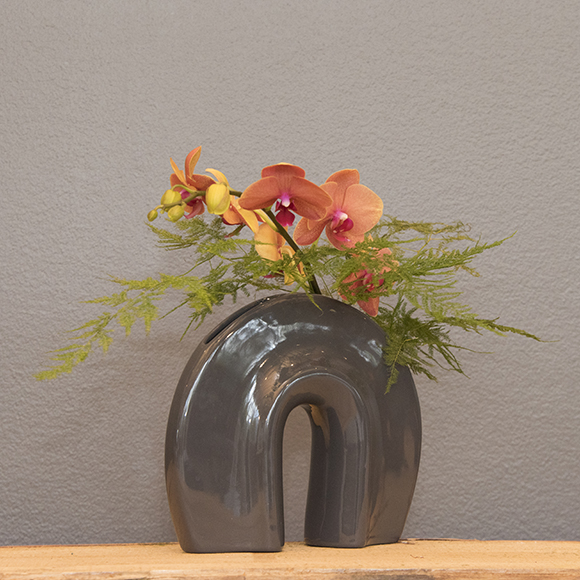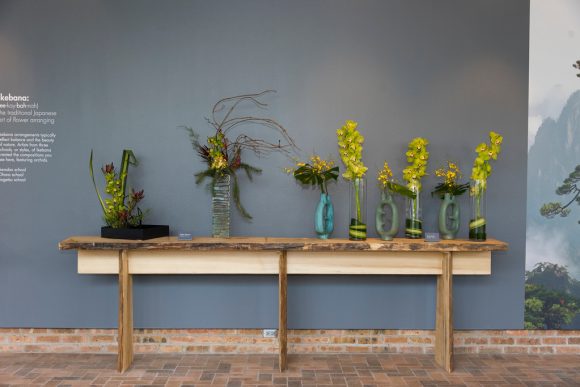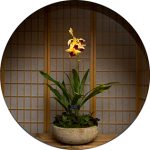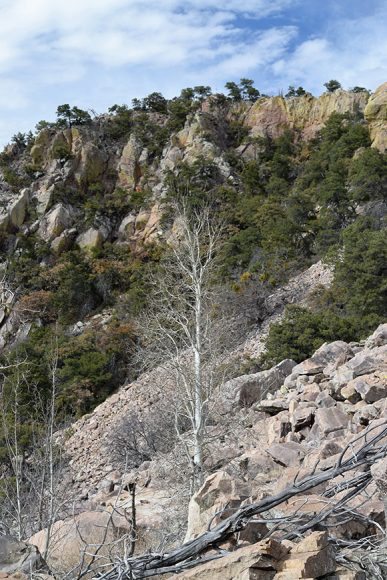I remember vividly the first time I visited the Chicago Botanic Garden. I was silent (unusual for me) and in awe. Everywhere I looked, I saw plant labels, and looking at them provided me some kind of familiarity—like when you meet someone new, you want to know their name, what they do, what they like, right? Well, the same with plants.
One important aspect of visiting a botanic garden is acknowledging its plant collection. Botanic gardens are living museums, and when you go to a museum, you want to know what is in front of you. A display plant’s name on the label is the first interaction between you, the individual, and the environment. It’s important to recognize how vital it is to label our plant collection.
Here at the Garden, we use the International Code of Nomenclature for Cultivated Plants (ICNCP). Only scientific names—written in Latin—are universal worldwide. The scientific name of a plant usually consists of its generic name and its specific epithet, which forms the name of the species. There are no regulations for common names, but scientific names are constantly reviewed and occasionally, we have to replace labels where a plant’s Latin name changes when it is reclassified.
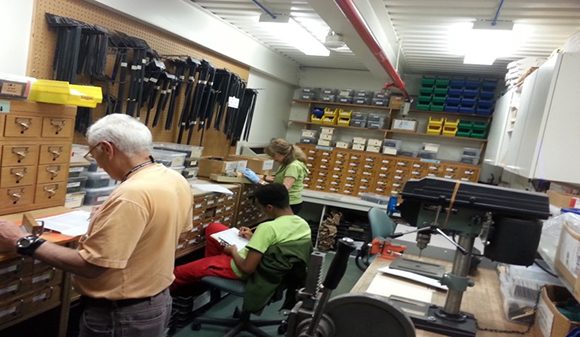

My volunteers and I are responsible for providing display plant labels to the horticulture staff and exhibitions department. People ask me, “Are you bored in wintertime, since there is nothing for you to do?” Uh, what? That may be the busiest season for the labeling team.
We start checking label requests lists, which had been coming in since the previous December, pull labels out of the drawers, assess the accuracy of labels with no name changes, check their appearance, and assemble and process label orders. These processes take four months. In the next few weeks, as the Garden prepares to bloom, we are prepared to deliver 3,400 display labels for spring and summer annuals—plus, the labels for our permanent collection.
Our label room stores more than 45,000 plant labels. We have card catalog cabinets (remember those from libraries before we went digital?) and now even shoeboxes that hold our labels. The labeling team collects, maintains, disassembles, recycles, and discards labels. The Garden has produced close to 10,000 labels a year.
How do we print our labels?
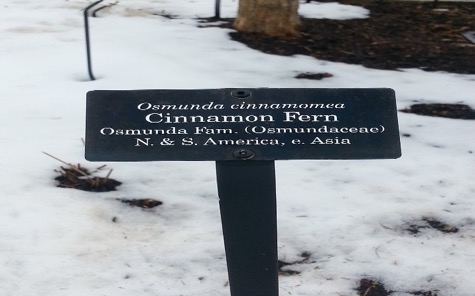
Our labels are printed on photosensitive anodized aluminum, a process called metalphoto finish. It withstands the temperature variations in our climate, and also doesn’t rust or fade. This keeps all the labels in our collection looking standardized, so they are not a distraction in the garden beds, but a helpful hint.
Other botanic gardens use different methods for displaying plant information, based on their individual climate and labeling needs. It’s always fun to see how someone else solves a problem when I am out travelling:
Next time you visit the Garden, check out the Linnaeus statue in the Heritage Garden and see the decoding of a plant name.
Our visitors come for different reasons. Some look for comfort, solitude, peace of mind. Others come for education, research, experience, horticulture, and design. Most of them have this in common: they will want to know what they are looking at. And as diverse as our audience is, they will look for the scientific name that is universal. If you visit any botanic garden in the world, the display plant label will remain the same, no matter the country. It may vary in design or style, but at the end, we all speak “plant language.”
©2018 Chicago Botanic Garden and my.chicagobotanic.org

